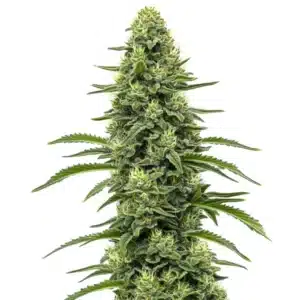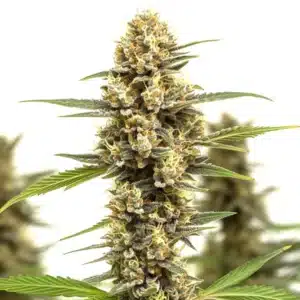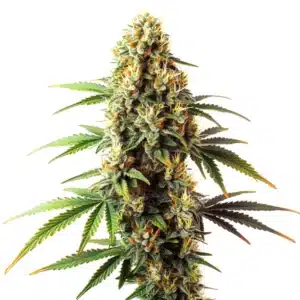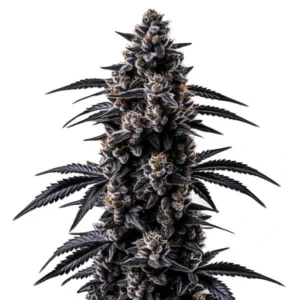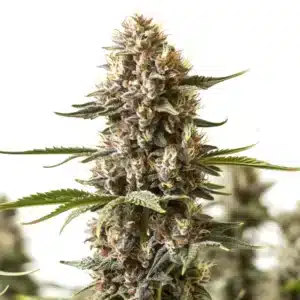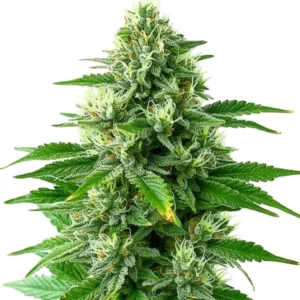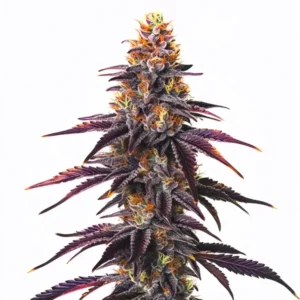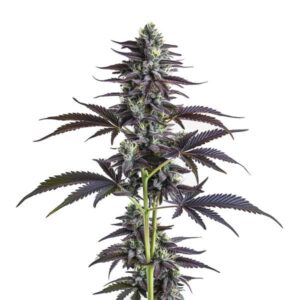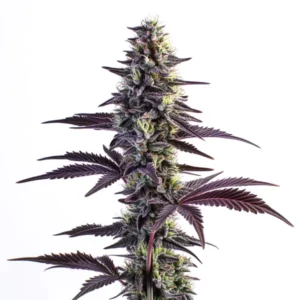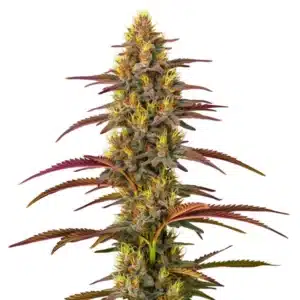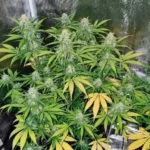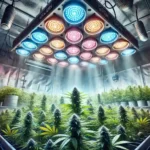
How Cannabis Uses Light to Sense Its Environment
Cannabis plants are fascinating organisms capable of sensing their environment in remarkable ways. One key aspect is How Cannabis Uses Light to Sense Its Environment, as light not only fuels photosynthesis but also guides the plant to adapt and thrive.
Imagine walking outside on a sunny day; the sunlight touches your skin, making you feel warm. Similarly, cannabis plants have the ability to detect light and respond accordingly. They use various mechanisms to sense changes in light, which influences their growth patterns and overall health.
Recommended Strains
For both beginners and seasoned growers, knowing how cannabis uses light to sense its environment is essential. This knowledge allows you to enhance growth conditions, ensuring that your plants achieve their full potential. Let’s delve into the ways cannabis plants detect and respond to light.
Cannabis Light Sensing Mechanisms
Cannabis light sensing mechanisms are intricate systems that involve various photoreceptors. These are special proteins that detect light and send signals to the plant’s cells. The most well-known photoreceptors are phytochromes and cryptochromes, each responding to different light wavelengths.
Phytochromes primarily detect red and far-red light. During the day, they help the plant gauge the length of daylight and night. This information is crucial for timing flowering and other developmental stages. Cryptochromes, on the other hand, respond to blue light and help regulate growth and leaf expansion.
Besides to these primary photoreceptors, cannabis plants also utilize other light-sensitive proteins that can detect UV and green light. These additional receptors contribute to the plant’s ability to fine-tune its growth and adapt to varying light conditions. By knowing these cannabis light sensing mechanisms, growers can optimize the environment for healthier plants.
The integration of these mechanisms allows cannabis to make precise adjustments in its developmental processes, ensuring survival and maximizing growth potential. This intricate network of photoreceptors exemplifies how cannabis uses light to sense its environment, allowing it to thrive under diverse conditions.
Role of Light in Cannabis Environmental Sensing
Light plays a critical role in cannabis environmental sensing. It provides cues about the surrounding environment, such as the time of day and season. This information helps the plant optimize its growth by adjusting its internal processes. For instance, longer daylight hours signal the plant to focus on vegetative growth.
When growing cannabis indoors, you can manipulate light conditions to mimic natural environments. Using grow lights, you can control the photoperiod, ensuring your plants receive the right amount of light. This control can significantly impact how cannabis uses light to sense its environment.
Beyond photoperiods, light intensity and quality also play a significant role in cannabis environmental sensing. Different light spectra can trigger specific physiological responses, allowing the plant to adapt to its habitat. This adaptability is a key factor in the success of cannabis cultivation across diverse growing conditions.
Knowing the function of light in cannabis environmental sensing allows growers to make informed decisions about light manipulation, which can lead to enhanced growth and yield. By tailoring the light spectrum and intensity, cultivators can support optimal plant health and productivity.
Promos & Deals
Cannabis Photoreceptors and Light Detection
Photoreceptors are essential for cannabis light detection. They act as the plant’s eyes, allowing it to perceive changes in light quality and quantity. By knowing these mechanisms, growers can better cater to their plants’ needs.
The interaction between photoreceptors and light determines how cannabis uses light to sense its environment. This interaction influences everything from seed germination to flowering. By providing optimal light conditions, you can enhance the plant’s ability to detect and respond to environmental changes.
In-depth knowledge of cannabis photoreceptors and light detection can significantly enhance cultivation practices. For instance, understanding how different photoreceptors interact can help growers fine-tune light setups for specific growth stages, from vegetative to flowering phases.
Additionally, studying how cannabis plants detect and respond to light through these photoreceptors can aid in developing new cultivation techniques that leverage specific light spectra. This can lead to innovations in maximizing plant growth and potency, ultimately improving crop outcomes.

Cannabis Plant Responses to Light Changes
Cannabis plant responses to light changes are diverse and complex. One of the most notable responses is phototropism, where the plant grows towards the light source. This behavior ensures that the plant maximizes its light absorption for photosynthesis.
Another response is photoperiodism, which affects flowering times. Cannabis plants typically flower when they receive less light, signaling shorter days. By managing the light schedule, growers can induce flowering at the desired time, optimizing yield and quality.
Furthermore, cannabis plants exhibit shade avoidance, a response that prompts them to grow taller in low light conditions to reach more sunlight. This adaptation highlights the plant’s ability to adjust its architecture in response to its environment.
Knowing cannabis plant responses to light changes can guide growers in managing plant stress and optimizing resource use. By predicting how plants will react to specific light conditions, cultivators can tailor their strategies to improve plant health and productivity.
Practical Tips for Optimizing Light Conditions
Optimizing light conditions is crucial for successful cannabis cultivation. Here are some practical tips to help you create the perfect environment for your plants.
- Use LED grow lights for energy-efficient lighting that mimics natural sunlight.
- Adjust the light height and intensity based on the plant’s growth stage.
- Implement a consistent light schedule that aligns with the plant’s natural photoperiod.
Besides, consider using reflective materials to maximize light distribution within your growing space. This can enhance light penetration and ensure even growth across all plants.
Monitoring environmental factors such as temperature and humidity alongside light conditions can further help in fine-tuning the growing environment. These factors are interrelated and can significantly impact the effectiveness of your lighting setup.
Benefits of Knowing Light Sensing in Cannabis Cultivation
Grasping how cannabis uses light to sense its environment can lead to numerous benefits. It allows you to create a tailored growing environment that supports healthy plant development.
By optimizing light conditions, you can enhance photosynthesis, resulting in stronger, more vigorous plants. This understanding also enables you to troubleshoot issues related to light stress, ensuring that your plants remain healthy.
An in-depth knowing of how cannabis plants detect and respond to light can also lead to cost savings, as growers can reduce energy consumption by optimizing light use. This not only benefits the environment but also improves the economic viability of cultivation operations.
Moreover, this knowledge can be instrumental in breeding programs aimed at developing new cannabis strains with unique light requirements, thereby expanding the potential of cannabis cultivation in various regions and conditions.
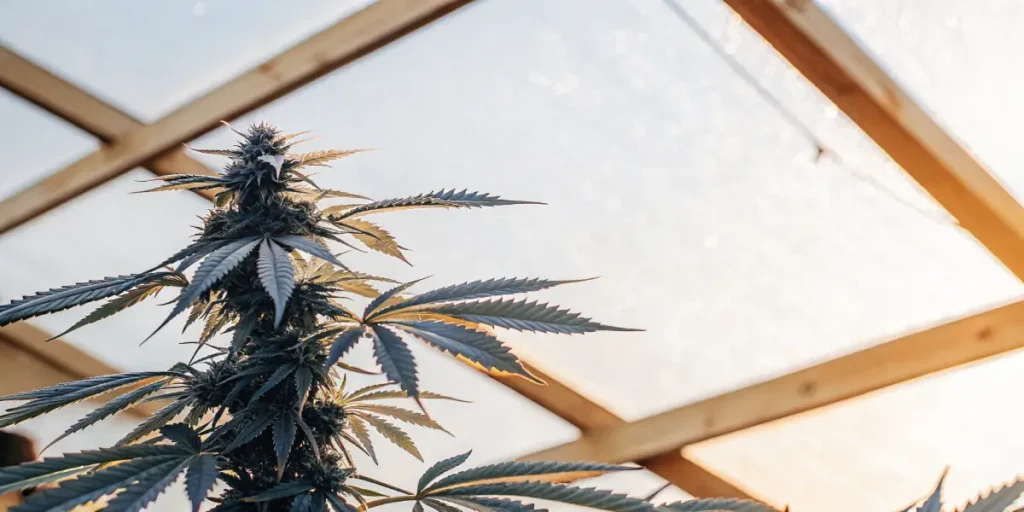
FAQs
What are the primary photoreceptors in cannabis?
The primary photoreceptors in cannabis are phytochromes and cryptochromes. Phytochromes detect red and far-red light, helping the plant determine day length and timing of flowering. Cryptochromes respond to blue light, influencing growth and leaf expansion.
These photoreceptors play a significant role in how cannabis uses light to sense its environment. They guide the plant’s development by responding to changes in light quality and quantity, ensuring optimal growth and survival.
By knowing the function of these photoreceptors, growers can manipulate light conditions to promote desired growth outcomes. This can include inducing flowering, enhancing vegetative growth, or modifying plant architecture.
The study of cannabis photoreceptors and light detection continues to evolve, offering new insights into how plants can be cultivated more efficiently and effectively under controlled conditions.
How does light influence cannabis flowering?
Light influences cannabis flowering through photoperiodism. Cannabis plants typically begin to flower when they receive less light, indicating shorter days. This natural response can be manipulated indoors by adjusting the light schedule.
By providing a controlled light cycle, growers can initiate flowering at the desired time. Strains like Gorilla Glue 4 respond well to these changes, allowing for precise control over the cultivation process.
Adjusting the light cycle not only affects flowering time but can also influence the potency and yield of the final harvest. Knowing the function of light in cannabis environmental sensing is key to achieving the best results.
Moreover, different strains may have varying sensitivities to light changes, making it essential for growers to tailor their light strategies to the specific needs of each cultivar.
What is phototropism in cannabis plants?
Phototropism is the growth response of cannabis plants towards a light source. This behavior ensures that the plant maximizes its exposure to light, enhancing photosynthesis and overall growth.
By knowing phototropism, growers can strategically position lights to encourage optimal plant structure and development. This knowledge is particularly beneficial for indoor cultivation, where light placement is crucial.
Phototropism also plays a role in preventing shading among plants in dense growing environments. By managing plant spacing and light positioning, growers can ensure that each plant receives adequate light.
This response to light is a vital aspect of how cannabis plants detect and respond to light, allowing them to adapt and thrive in various environments.
How can I optimize light conditions for cannabis growth?
To optimize light conditions for cannabis growth, consider using LED grow lights that offer full-spectrum lighting. These lights mimic natural sunlight and are energy-efficient, providing consistent and effective illumination.
Adjust the light intensity and duration based on the plant’s growth stage. Implementing a consistent light schedule that aligns with the plant’s natural photoperiod can significantly enhance growth and yield.
Regularly monitoring and adjusting light conditions based on plant response can help prevent issues such as light burn or inadequate light exposure, both of which can hinder growth and development.
Leveraging technology such as light meters can aid in ensuring that plants receive the optimal amount of light, contributing to successful and sustainable cannabis cultivation practices.
Why is light sensing important for cannabis cultivation?
Light sensing is crucial for cannabis cultivation as it directly affects plant growth and development. Knowing how cannabis uses light to sense its environment helps growers create optimal conditions for healthy plant growth.
By tailoring the light environment, growers can improve photosynthesis, induce timely flowering, and enhance overall plant health. This understanding leads to more successful cultivation, with higher yields and better quality harvests.
A comprehensive knowing of cannabis light sensing mechanisms allows growers to anticipate and mitigate potential issues, ensuring that plants remain robust and productive throughout their lifecycle.
Ultimately, mastering light sensing in cannabis cultivation empowers growers to maximize their crop’s potential, achieving both high-quality and high-quantity harvests.



